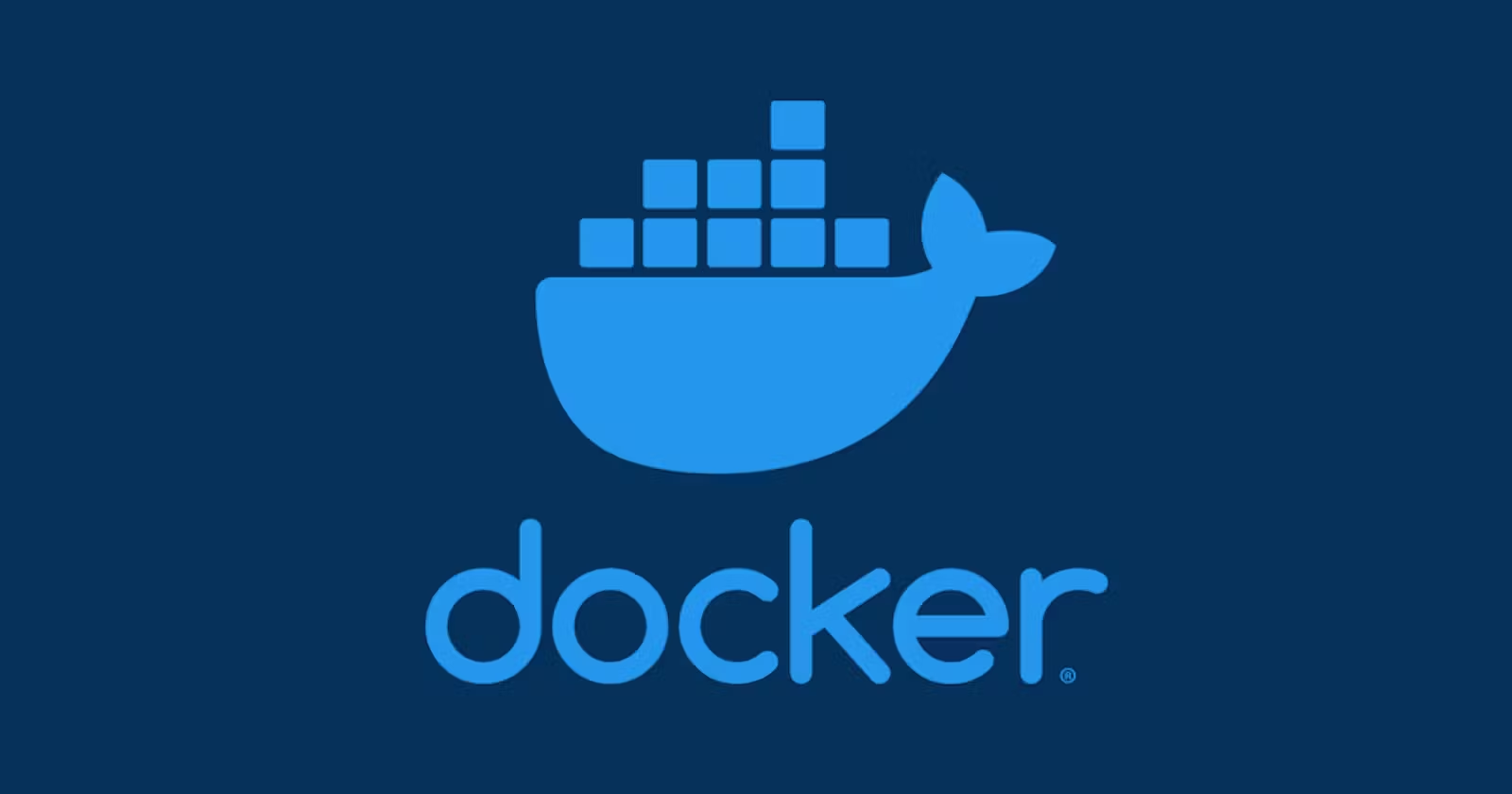Docker 101: Simplifying Application Development and Deployment
 Samyak Jain
Samyak Jain
If you're new to the world of software development, you may have heard about Docker but aren't quite sure what it is or how it works. Docker is a tool that makes it easy to create, deploy, and run applications by using containers. In this article, we'll take a closer look at Docker and explain how it can benefit you as a developer.
What is Docker?
Docker is an open-source containerization platform that enables developers to build, package, and deploy applications as lightweight, portable containers. These containers provide an isolated and secure environment for your application to run in, and they are designed to work seamlessly across different environments, including development, testing, and production.
How does Docker work?
Docker works by using a layered file system that allows you to build and deploy applications as container images. These images contain everything your application needs to run, including the code, libraries, and dependencies. When you run a container based on an image, Docker creates a virtual environment that isolates your application from the host operating system and other containers running on the same machine.
Benefits of Docker
Consistency: Docker ensures that your application runs the same way in any environment, which eliminates the "it works on my machine" problem that many developers face.
Portability: Docker containers can run on any platform that supports Docker, which means you can develop your application on your local machine and then deploy it to the cloud without any modifications.
Efficiency: Docker containers are lightweight and can be created and destroyed quickly, which makes it easy to scale your application up or down based on demand.
Security: Docker containers provide a secure environment for your application to run in, which reduces the risk of vulnerabilities and attacks.
How to use Docker
To get started with Docker, you'll need to install the Docker Engine on your local machine. Once you have Docker installed, you can use the Docker CLI to build, run, and manage containers.
Here are the basic steps to using Docker:
Create a Dockerfile: A Dockerfile is a text file that contains instructions on how to build a Docker image.
Build a Docker image: Use the Docker CLI to build an image based on your Docker file.
Run a Docker container: Use the Docker CLI to run a container based on your Docker image.
Manage Docker containers: Use the Docker CLI to manage your running containers, including stopping, starting, and removing them.
Conclusion
Docker is a powerful tool that can simplify the development, deployment, and management of your applications. By using Docker containers, you can ensure that your application runs consistently across different environments, which makes it easier to scale, maintain, and secure your application. If you're new to Docker, we recommend starting with the basics and gradually exploring more advanced features as you become more comfortable with the platform.
Subscribe to my newsletter
Read articles from Samyak Jain directly inside your inbox. Subscribe to the newsletter, and don't miss out.
Written by

Samyak Jain
Samyak Jain
I am a DevOps engineer who loves to stop the running instances :) P: I love building tools and software to make the user's life easy. I am also a freelance photographer :)